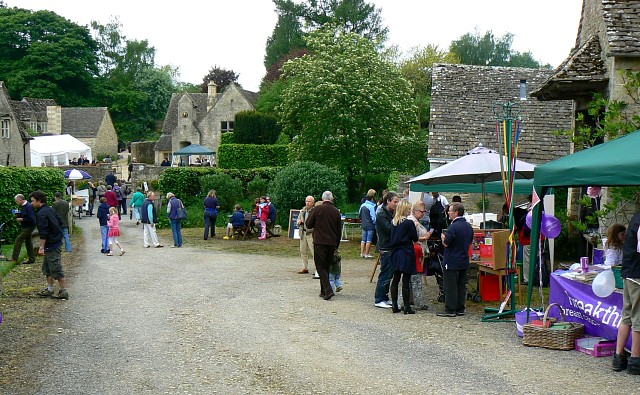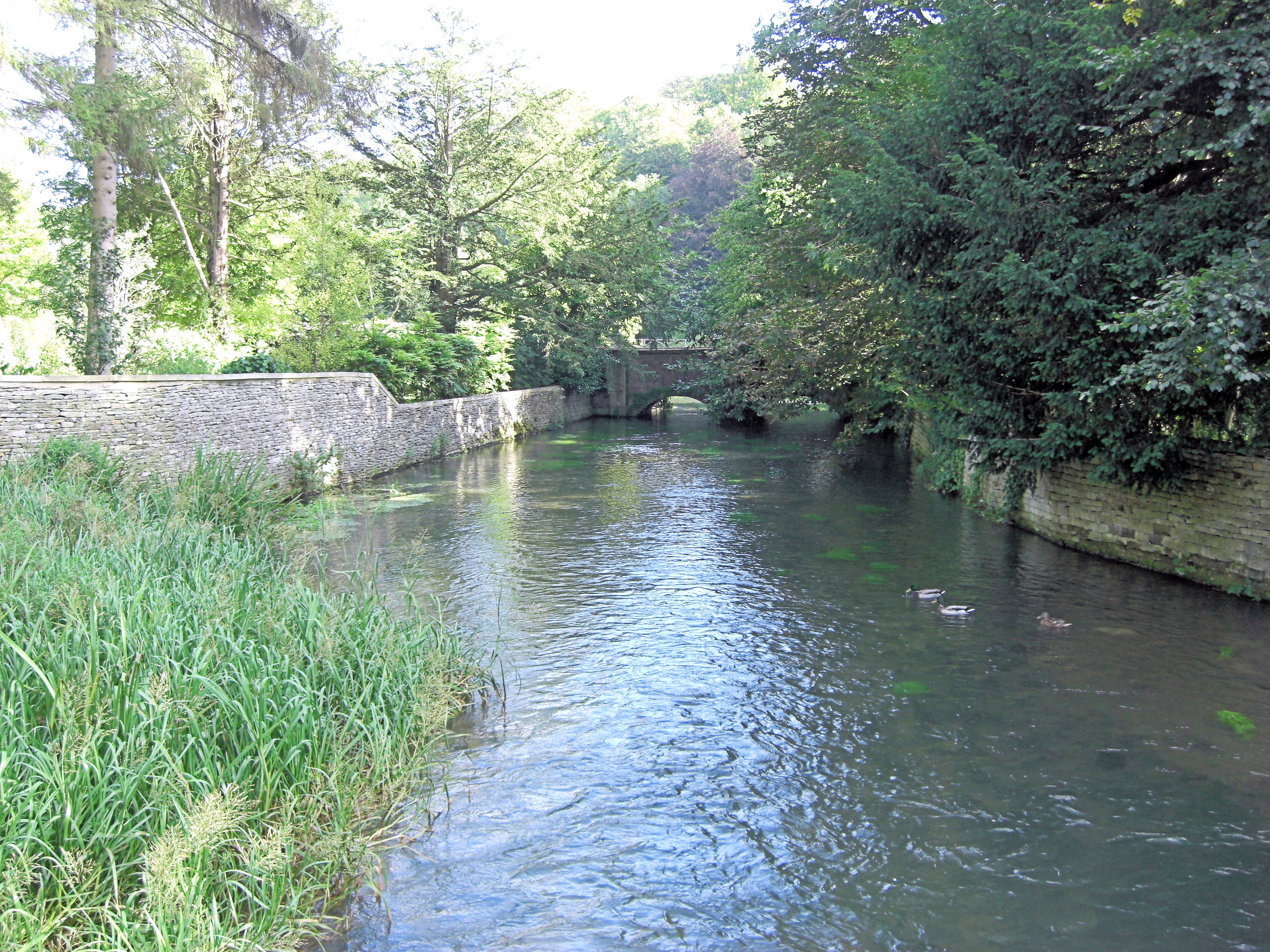Deadlands Copse
Wood, Forest in Gloucestershire Cotswold
England
Deadlands Copse
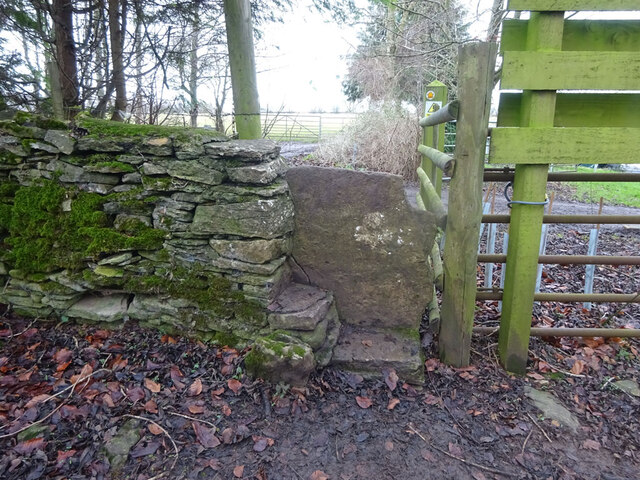
Deadlands Copse is a picturesque woodland located in the county of Gloucestershire, England. Covering an area of approximately 50 acres, the copse is nestled in the heart of the countryside, offering visitors a tranquil and serene escape from the hustle and bustle of everyday life.
The copse is characterized by its dense and ancient trees, predominantly consisting of oak, beech, and ash. These towering giants provide a canopy that filters the sunlight, creating a dappled effect on the forest floor below. The woodland is particularly enchanting during the autumn months when the leaves turn vibrant shades of red, orange, and gold, offering visitors a breathtaking display of natural beauty.
Home to a diverse array of flora and fauna, Deadlands Copse is a haven for wildlife enthusiasts and nature lovers. The forest floor is carpeted with a variety of wildflowers, including bluebells, primroses, and wood anemones, creating a colorful tapestry during the spring and summer months. The copse is also teeming with a multitude of bird species, including woodpeckers, thrushes, and owls, filling the air with their melodious songs.
The copse is crisscrossed with a network of well-maintained walking trails, allowing visitors to explore its hidden nooks and crannies. These paths lead to a small, secluded pond, where visitors can observe dragonflies and other aquatic life. Additionally, there are several picnic spots scattered throughout the copse, providing the perfect opportunity to enjoy a packed lunch amidst the natural surroundings.
Deadlands Copse is a true gem of Gloucestershire, offering visitors a chance to reconnect with nature and experience the tranquility of a woodland sanctuary.
If you have any feedback on the listing, please let us know in the comments section below.
Deadlands Copse Images
Images are sourced within 2km of 51.757668/-1.8731392 or Grid Reference SP0806. Thanks to Geograph Open Source API. All images are credited.

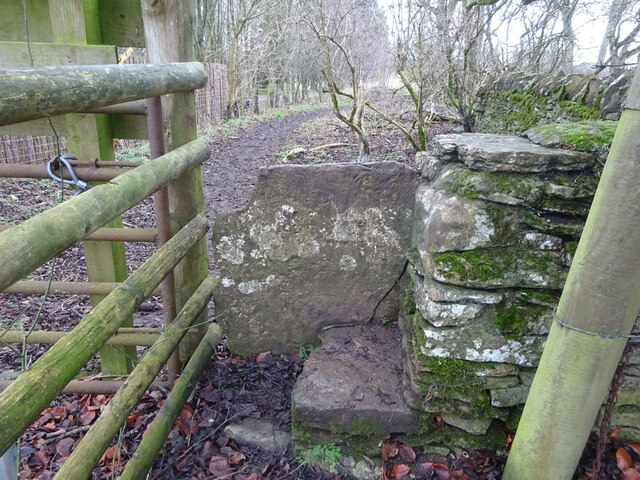
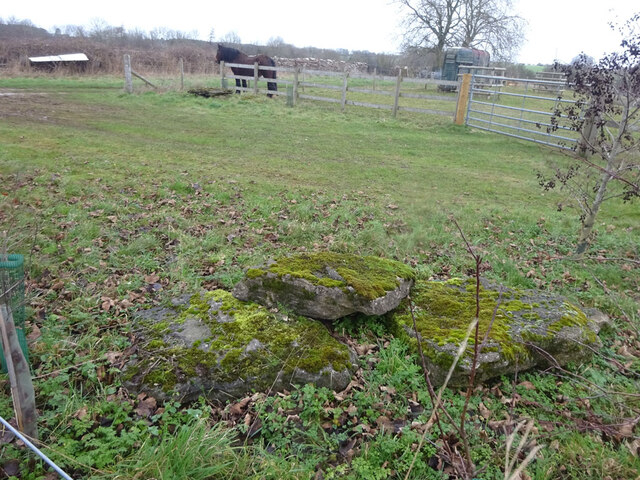
![A circular walk around Bibury and Ablington [3] The footpath continues to follow the field edge.
The walk starts at Arlington Corner and follows a footpath to Ablington, where the River Coln is crossed, and then a byway northeast to Saltway Barn. Another byway, the historic Salt Way, is then followed southeast before a right turn onto a bridleway which runs south past Hale Barn to Bibury. The River Coln is recrossed at Bibury Mill and a footpath is then followed back to the starting point. Just over 5 miles.](https://s3.geograph.org.uk/geophotos/07/48/92/7489295_c417b5a7.jpg)
![A circular walk around Bibury and Ablington [4] The path passes through a kissing gate at the side of this large electric gate.
The walk starts at Arlington Corner and follows a footpath to Ablington, where the River Coln is crossed, and then a byway northeast to Saltway Barn. Another byway, the historic Salt Way, is then followed southeast before a right turn onto a bridleway which runs south past Hale Barn to Bibury. The River Coln is recrossed at Bibury Mill and a footpath is then followed back to the starting point. Just over 5 miles.](https://s3.geograph.org.uk/geophotos/07/48/92/7489299_5eae3bf9.jpg)
![A circular walk around Bibury and Ablington [5] Black sheep and lambs alongside the path.
The walk starts at Arlington Corner and follows a footpath to Ablington, where the River Coln is crossed, and then a byway northeast to Saltway Barn. Another byway, the historic Salt Way, is then followed southeast before a right turn onto a bridleway which runs south past Hale Barn to Bibury. The River Coln is recrossed at Bibury Mill and a footpath is then followed back to the starting point. Just over 5 miles.](https://s2.geograph.org.uk/geophotos/07/48/93/7489302_4165ff1b.jpg)
![A circular walk around Bibury and Ablington [6] The path passes through this small copse.
The walk starts at Arlington Corner and follows a footpath to Ablington, where the River Coln is crossed, and then a byway northeast to Saltway Barn. Another byway, the historic Salt Way, is then followed southeast before a right turn onto a bridleway which runs south past Hale Barn to Bibury. The River Coln is recrossed at Bibury Mill and a footpath is then followed back to the starting point. Just over 5 miles.](https://s0.geograph.org.uk/geophotos/07/48/93/7489304_63fe2f3e.jpg)
![A circular walk around Bibury and Ablington [7] A stile and then a gate take the footpath to the crossing of the track.
The walk starts at Arlington Corner and follows a footpath to Ablington, where the River Coln is crossed, and then a byway northeast to Saltway Barn. Another byway, the historic Salt Way, is then followed southeast before a right turn onto a bridleway which runs south past Hale Barn to Bibury. The River Coln is recrossed at Bibury Mill and a footpath is then followed back to the starting point. Just over 5 miles.](https://s0.geograph.org.uk/geophotos/07/48/93/7489312_663e720a.jpg)
![A circular walk around Bibury and Ablington [8] The footpath cross this track, seen here looking northeast.
The walk starts at Arlington Corner and follows a footpath to Ablington, where the River Coln is crossed, and then a byway northeast to Saltway Barn. Another byway, the historic Salt Way, is then followed southeast before a right turn onto a bridleway which runs south past Hale Barn to Bibury. The River Coln is recrossed at Bibury Mill and a footpath is then followed back to the starting point. Just over 5 miles.](https://s2.geograph.org.uk/geophotos/07/48/93/7489314_97bec6f5.jpg)
![A circular walk around Bibury and Ablington [9] The footpath cross this track, seen here looking southwest.
The walk starts at Arlington Corner and follows a footpath to Ablington, where the River Coln is crossed, and then a byway northeast to Saltway Barn. Another byway, the historic Salt Way, is then followed southeast before a right turn onto a bridleway which runs south past Hale Barn to Bibury. The River Coln is recrossed at Bibury Mill and a footpath is then followed back to the starting point. Just over 5 miles.](https://s3.geograph.org.uk/geophotos/07/48/93/7489315_d86821e5.jpg)
![A circular walk around Bibury and Ablington [10] Difficult to see from ground level, this is Rawbarrow or Ablington Camp, a slight univallate hillfort situated on the summit of a ridge which also forms the southern valley side of the River Coln. A roughly oval enclosure of approximately 11 acres (4.4ha) the earthworks are best preserved on the eastern side as a bank of up to 30 feet (9 metres) wide and 6 feet (1.7 metres) high. A Scheduled Ancient Monument with details at: <span class="nowrap"><a title="https://historicengland.org.uk/listing/the-list/list-entry/1003356" rel="nofollow ugc noopener" href="https://historicengland.org.uk/listing/the-list/list-entry/1003356">Link</a><img style="margin-left:2px;" alt="External link" title="External link - shift click to open in new window" src="https://s1.geograph.org.uk/img/external.png" width="10" height="10"/></span>](https://s0.geograph.org.uk/geophotos/07/48/93/7489316_90b88654.jpg)
![A circular walk around Bibury and Ablington [11] Difficult to see from ground level, this is Rawbarrow or Ablington Camp, a slight univallate hillfort situated on the summit of a ridge which also forms the southern valley side of the River Coln. A roughly oval enclosure of approximately 11 acres (4.4ha) the earthworks are best preserved on the eastern side as a bank of up to 30 feet (9 metres) wide and 6 feet (1.7 metres) high. A Scheduled Ancient Monument with details at: <span class="nowrap"><a title="https://historicengland.org.uk/listing/the-list/list-entry/1003356" rel="nofollow ugc noopener" href="https://historicengland.org.uk/listing/the-list/list-entry/1003356">Link</a><img style="margin-left:2px;" alt="External link" title="External link - shift click to open in new window" src="https://s1.geograph.org.uk/img/external.png" width="10" height="10"/></span>](https://s1.geograph.org.uk/geophotos/07/48/93/7489317_3149e33e.jpg)
![A circular walk around Bibury and Ablington [12] The footpath from Arlington Corner meet the minor road at Ablington.
The walk starts at Arlington Corner and follows a footpath to Ablington, where the River Coln is crossed, and then a byway northeast to Saltway Barn. Another byway, the historic Salt Way, is then followed southeast before a right turn onto a bridleway which runs south past Hale Barn to Bibury. The River Coln is recrossed at Bibury Mill and a footpath is then followed back to the starting point. Just over 5 miles.](https://s2.geograph.org.uk/geophotos/07/48/93/7489318_31443d2d.jpg)
![Ablington houses [1] Bridge House was formerly two houses, now one. Built in the mid or late 18th century with 20th century rear alterations. Constructed of limestone rubble stone with ashlar chimneys under a stone slate roof. Listed, grade II, with details at: <span class="nowrap"><a title="https://historicengland.org.uk/listing/the-list/list-entry/1341831" rel="nofollow ugc noopener" href="https://historicengland.org.uk/listing/the-list/list-entry/1341831">Link</a><img style="margin-left:2px;" alt="External link" title="External link - shift click to open in new window" src="https://s1.geograph.org.uk/img/external.png" width="10" height="10"/></span>
The hamlet of Ablington is located in Gloucestershire astride the River Coln some 6¼ miles northeast of Cirencester and about 1 mile upstream from Bibury. The name &#039;Ablington&#039; is derived from the &#039;estate called after Eadbald&#039; (personal name Ēadbald + ing + tūn) and has been recorded as Eadbaldingtun, Ablinton and Ablyngton.](https://s1.geograph.org.uk/geophotos/07/50/22/7502217_56aa5a1d.jpg)
![Ablington features [1] This late 18th century bridge of two round arches carries the road over the River Coln. Constructed of coursed limestone rubble stone with dressed copings and piers. Listed, grade II, with details at: <span class="nowrap"><a title="https://historicengland.org.uk/listing/the-list/list-entry/1088387" rel="nofollow ugc noopener" href="https://historicengland.org.uk/listing/the-list/list-entry/1088387">Link</a><img style="margin-left:2px;" alt="External link" title="External link - shift click to open in new window" src="https://s1.geograph.org.uk/img/external.png" width="10" height="10"/></span>
The hamlet of Ablington is located in Gloucestershire astride the River Coln some 6¼ miles northeast of Cirencester and about 1 mile upstream from Bibury. The name &#039;Ablington&#039; is derived from the &#039;estate called after Eadbald&#039; (personal name Ēadbald + ing + tūn) and has been recorded as Eadbaldingtun, Ablinton and Ablyngton.](https://s2.geograph.org.uk/geophotos/07/50/22/7502218_93cce947.jpg)
![Ablington features [2] Looking downstream from the bridge at <a href="https://www.geograph.org.uk/photo/7502218">SP1007 : Ablington features [1]</a> is seen this second bridge which carries a gravel driveway to Ablington Manor over the River Coln. Built in the early 19th century with two segmental arches with keystones and constructed of coursed and dressed limestone. Listed, grade II, with details at: <span class="nowrap"><a title="https://historicengland.org.uk/listing/the-list/list-entry/1088392" rel="nofollow ugc noopener" href="https://historicengland.org.uk/listing/the-list/list-entry/1088392">Link</a><img style="margin-left:2px;" alt="External link" title="External link - shift click to open in new window" src="https://s1.geograph.org.uk/img/external.png" width="10" height="10"/></span>
The hamlet of Ablington is located in Gloucestershire astride the River Coln some 6¼ miles northeast of Cirencester and about 1 mile upstream from Bibury. The name &#039;Ablington&#039; is derived from the &#039;estate called after Eadbald&#039; (personal name Ēadbald + ing + tūn) and has been recorded as Eadbaldingtun, Ablinton and Ablyngton.](https://s0.geograph.org.uk/geophotos/07/50/22/7502220_2c90699b.jpg)
![Ablington houses [2] Numbers 1 and 2 Mill Cottages are a former corn mill, now two houses. Built in the early to mid 18th century and extensively altered in the mid 20th century when converted to houses. Constructed of limestone rubble stone under a stone slate roof. The main mill block now number 2 with the wing to the north forming number 1. Listed, grade II, with details at: <span class="nowrap"><a title="https://historicengland.org.uk/listing/the-list/list-entry/1341832" rel="nofollow ugc noopener" href="https://historicengland.org.uk/listing/the-list/list-entry/1341832">Link</a><img style="margin-left:2px;" alt="External link" title="External link - shift click to open in new window" src="https://s1.geograph.org.uk/img/external.png" width="10" height="10"/></span>
The hamlet of Ablington is located in Gloucestershire astride the River Coln some 6¼ miles northeast of Cirencester and about 1 mile upstream from Bibury. The name &#039;Ablington&#039; is derived from the &#039;estate called after Eadbald&#039; (personal name Ēadbald + ing + tūn) and has been recorded as Eadbaldingtun, Ablinton and Ablyngton.](https://s2.geograph.org.uk/geophotos/07/50/22/7502230_0908c1cf.jpg)
Deadlands Copse is located at Grid Ref: SP0806 (Lat: 51.757668, Lng: -1.8731392)
Administrative County: Gloucestershire
District: Cotswold
Police Authority: Gloucestershire
What 3 Words
///clubbing.pink.lifted. Near Stratton, Gloucestershire
Nearby Locations
Related Wikis
Barnsley Park
Barnsley Park is a country house and park, measuring about 3 miles (4.8 km) in circumference in Barnsley, Gloucestershire, England. == History == An Iron...
Winson Meadows
Winson Meadows (grid reference SP093081) is a 7.93-hectare (19.6-acre) biological Site of Special Scientific Interest in Gloucestershire, notified in 1974...
Barnsley, Gloucestershire
Barnsley is a village and civil parish in the Cotswold district of Gloucestershire, England, 3.7 miles (6.0 km) northeast of Cirencester. It is 125 kilometres...
Ablington Manor
Ablington Manor is a Grade I listed country house in Potlicker's Lane, Ablington within the parish of Bibury, Gloucestershire, England. The estate was...
Have you been to Deadlands Copse?
Leave your review of Deadlands Copse below (or comments, questions and feedback).



